Notes from a Fly Fishing Entomologist: August on the Upper Missouri
Our guest blogger Kevin Lyons is back with his field notes on fly fishing the Missouri in August:
Caddisflies Are Calming Down in August
Surface caddis activity temporarily declines around the first week of August. You may still find some fishable late evening activity, but I wouldn’t go to the river counting on it. What’s left will be the Little Sister Sedges, Cinnamon Caddis, and a few White Millers.
Sub-surface activity, however, is still occurring. I believe the behavioral drift that I mentioned with regard to Long-Horned Sedges in the July blog post becomes even more prominent in August. The caddis that are to come in September and October are preparing to enter pupation and I believe they feed heavily just prior to sealing themselves into their cases. It only makes sense that they would ride the currents in search of the most fertile feeding grounds. I haven’t done net samplings yet to confirm my suspicions, but I catch a lot of fish dead-drifting a purple or gold #14 or #16 Bloom’s Weight Fly during this period. I’ve been particularly successful in the early mornings and late evenings.
How to Fish the Mayfly Spinner Fall
Tricos continue to be a very important food source. On good years, the spinner fall will last the entire month. Some years it can be over after the second week. As I’ve mentioned previously, Trico spinners fall in remarkable numbers. Probably in the trillions. With so many bugs on the water, the problem becomes less a question of what they’re biting on and more a question of how you get that big brown, laying in 10 inches of water and efficiently sipping spinners, to pick your fly?


It can be a frustrating question to answer. I once cast to a fair-sized brown for an hour and forty-five minutes. When the stars finally aligned, I saw his pectoral fins tilt, his nose come up, his mouth open and clearly suck in my fly. I set the hook... And missed him! He was gone in a heartbeat. Profanity ensued.
I probably anticipated the take and struck too soon, or it could just have been that a #24 hook doesn’t always stick. I have managed to learn a few things, however. First, presentation is king. When spinners are on the water, nothing moves them except the current. Your fly needs to closely match this drift. I’ll wade as near to the fish as I think I can get away with to eliminate as many micro currents as possible. I use a 6x tippet, which is probably too heavy but at least gives me a chance to land a decent fish. I’ll also approach my target from upstream and across the current at roughly a 45-degree angle. Then I’ll throw a reach mend and attempt to put as much of my tippet and leader as I can manage into the same seam as the trout.
Second, when there are that many bugs on the water, the trout do seem to develop a rhythm to their rises. I had this aforementioned brown timed to a rise of about every 9 seconds. That meant I was standing in the river, trying to do all the things I mentioned above, and attempting to put my fly over the brown at exactly the right second. No wonder it took me so long to get it right. The amount of frustration that can be involved is obvious, but, for me, when it all comes together, it’s well worth it. In fact, it’s some of my favorite fishing of the year.
The other thing I’ve experimented with to get trout to select my #24 spinner from among the millions of naturals on the water is to tie them in purple. During the heavy baetis hatches of the spring, I’ve had great success using purple emergers. I’m not sure yet whether purple Trico spinners make much difference. The fish will eat them, but it seems to me maybe not much more frequently than naturally colored flies. Still to be determined.
Around the third week of August, you’ll start to see a small olive mayfly hatching in the afternoons. These are what used to be called Pseudos, a size 22 cousin of the Baetis (Blue Winged Olive). The taxonomists have moved all the species that fell under the genus Pseudocloeon to different genera. Same bugs, different names. Fortunately, trout don’t care. They look just like the Baetis only considerably smaller (for this species, you’re looking at an average of 4mm). Entomologists have identified 11 different species in the Baetis family between Holter dam and Cascade. I think it's pretty safe to assume that on almost any day from April through November there is at least a chance that some member of the Baetis complex might be hatching. Your Baetis patterns will work, but the closer you can fish to the actual size—22 for this one—the better you’ll do.
Fish Terrestrials on Windy Days
Terrestrials are insects that aren’t supposed to be in the water. Hoppers, ants, beetles, etc. They end up there accidentally, and, during August, they become an important food source for the fish.
Windy days, in particular, encourage these bugs to sacrifice themselves for the good of the fish and our fishing. If you see fish rising during this period but no bugs are on the water, there’s a good possibility they’re feeding on flying ants that have blown onto the surface. These are really hard to see because they float so low in the surface film. Consequently, that makes them difficult to fish. One way to make it easier for yourself is to use a Bloom’s ant (purple, black, cinnamon, bi-color in sizes 16-20) with a pink Hi-Viz post on top. Another way to beat the visibility problem is to fish a hopper with the ant attached by 18 to 24 inches of tippet. While I’ve never considered the Mo to be a great hopper river, a #10 Morrish’s Hopper, or any hopper you prefer in pink, purple or tan, paired with a #18 Bloom’s Ant or #18 Royal Trude has been pretty effective for me.
Want More Field Notes from a Fly Fishing Entomologist?
The first 50 or so miles of the Missouri River represent one of Montana’s premier blue-ribbon tailwater fisheries, and there’s action to be had there year-round.
This article is part of a series by entomologist and returning guest writer Kevin Lyons. A former Airforce and commercial pilot, Kevin grew up fly fishing in the Great Smokey Mountains. He began documenting the bugs he saw while he was out fishing before he even knew their names, a habit that turned into a life-long passion. In 2013, he and his wife moved to Montana and Kevin proceeded to teach fly fishing, entomology, and fly tying at Great Falls College for the next decade. Now retired, he and his wife enjoy a view of the Missouri right outside their backdoor.
If you're interested in seeing more of Kevin's field notes, check out the article below:
What flies should you use on the Missouri River in June?
Flies & Techniques for Fishing the Missouri in July
Keep an eye out next month for a blog on how to fish the Missouri in September! Got some of you own field observations you’d like to share? Hop into the comments down below!

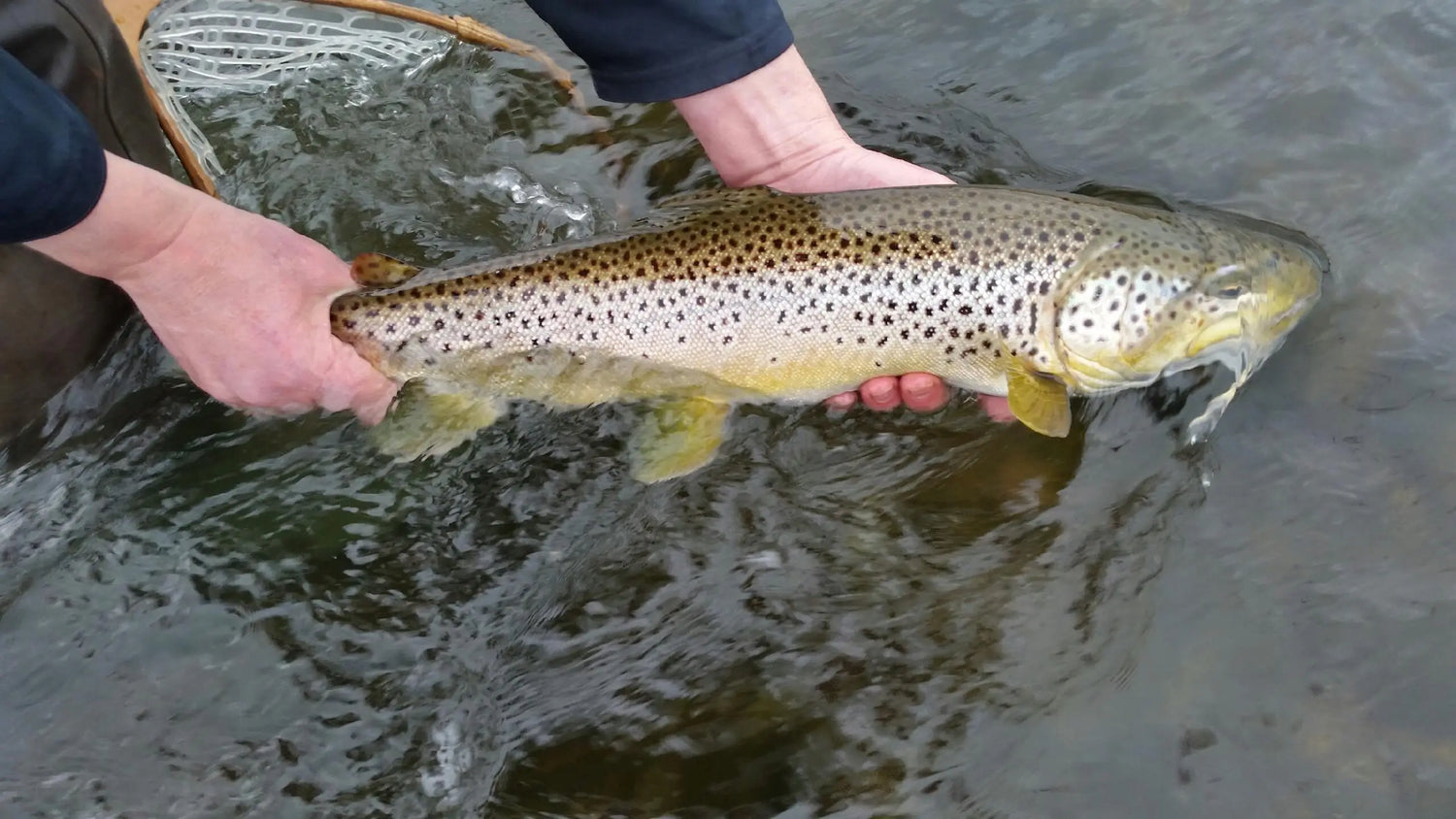

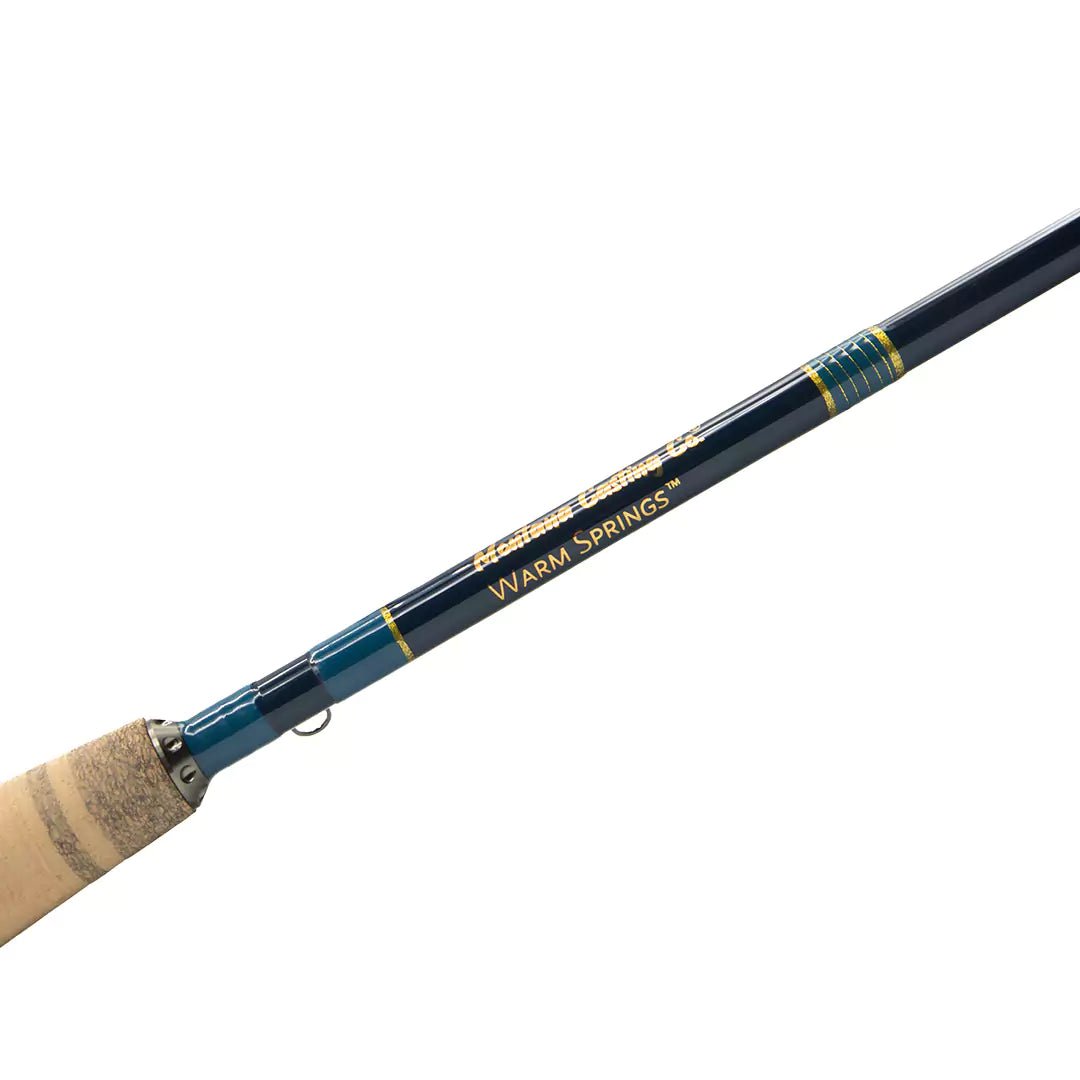
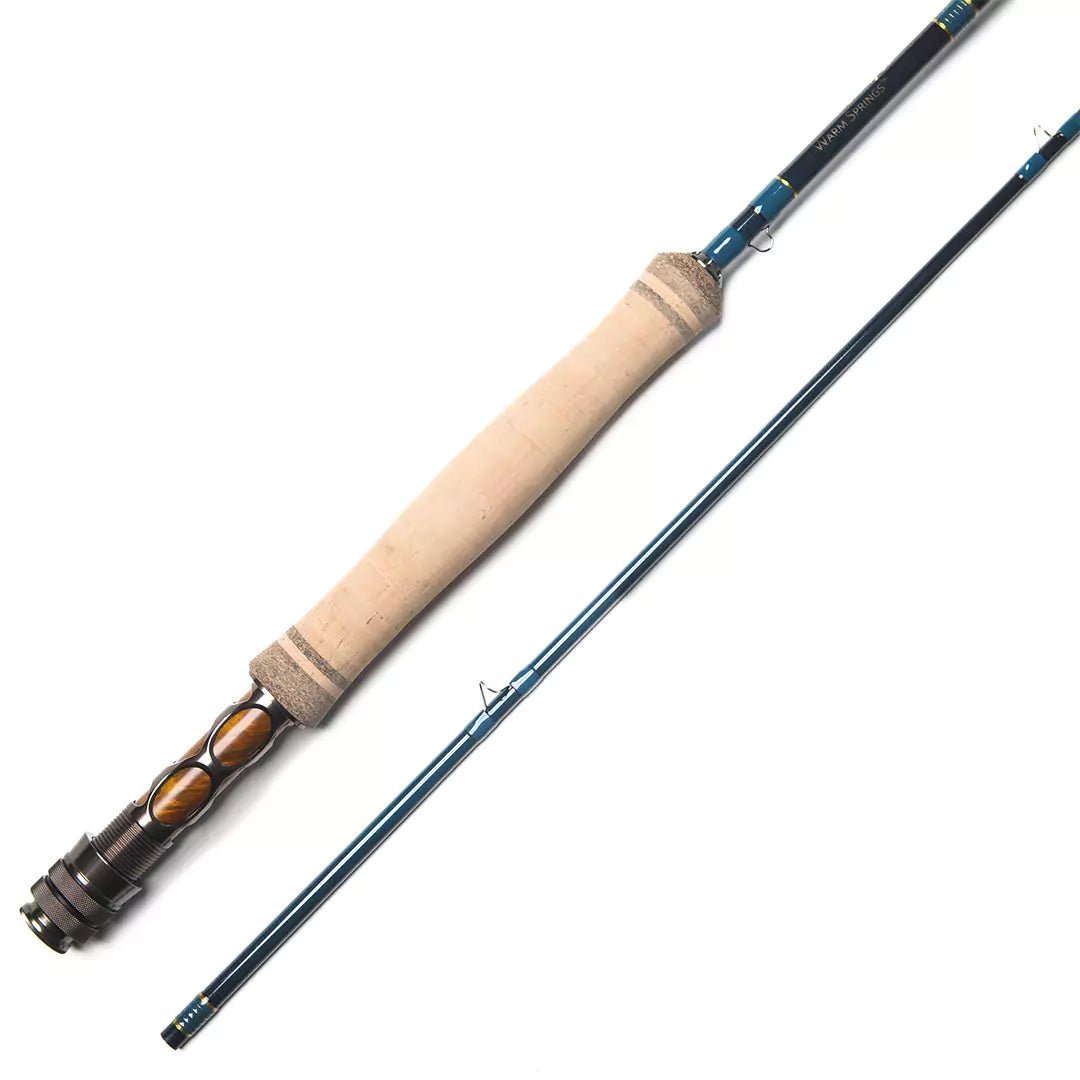


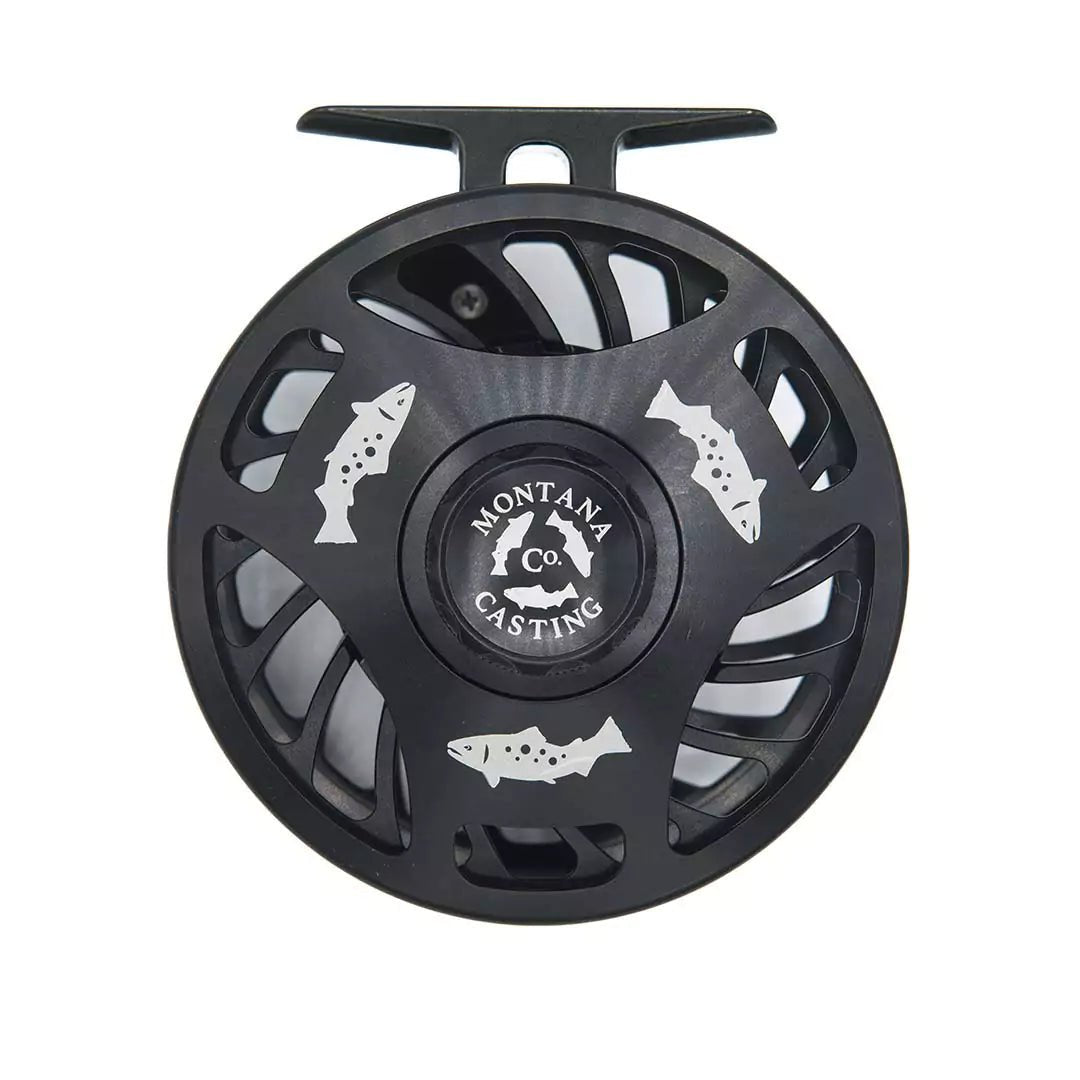
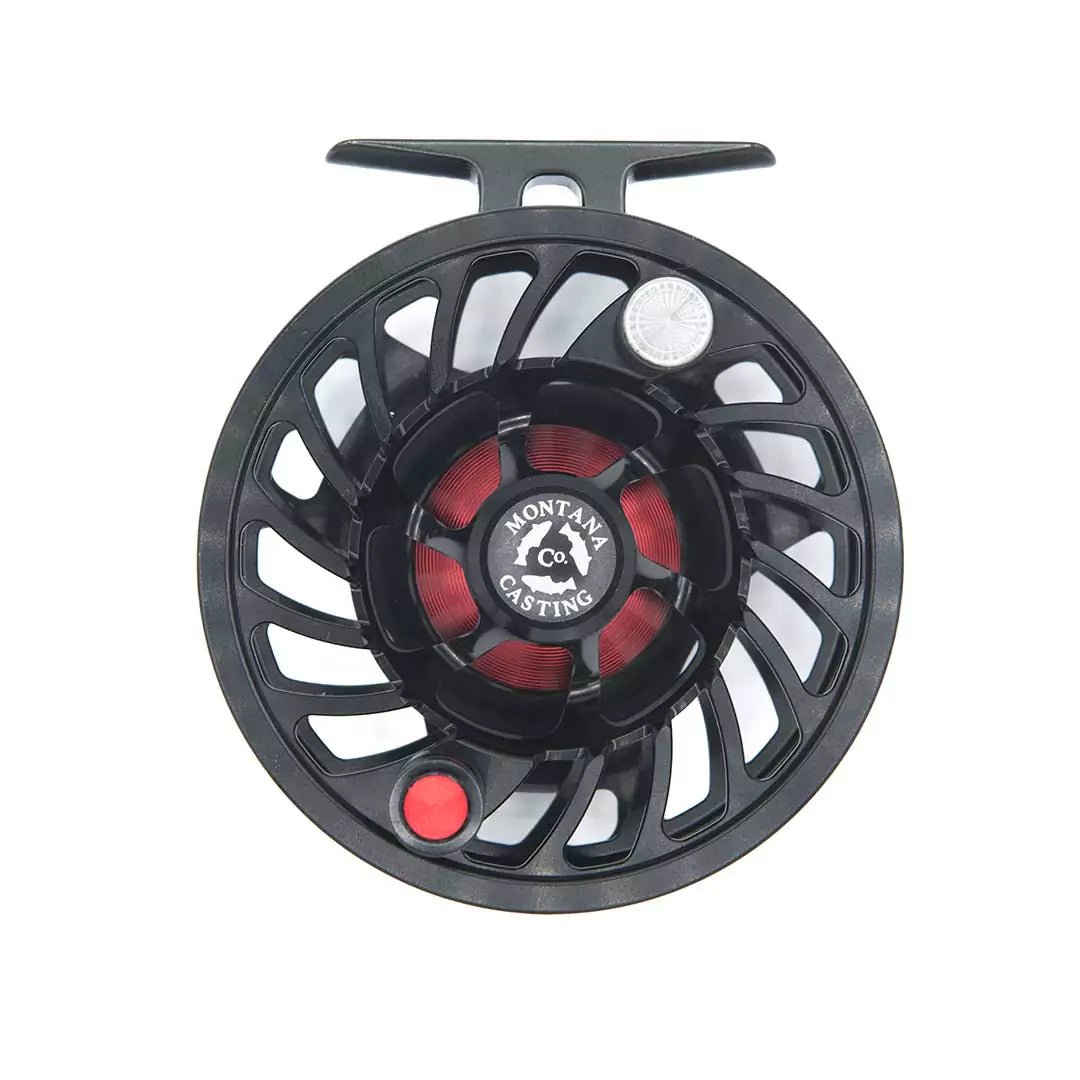


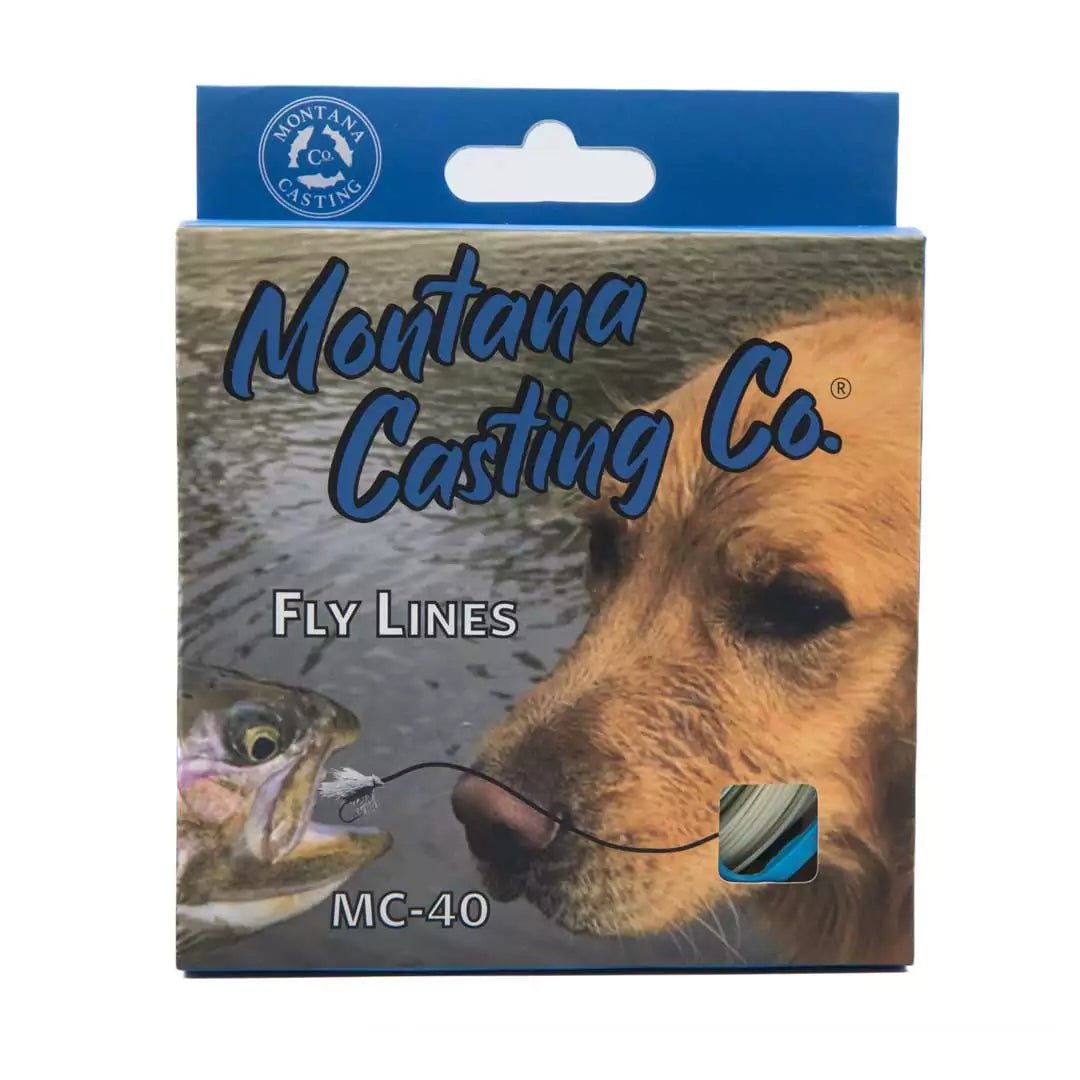



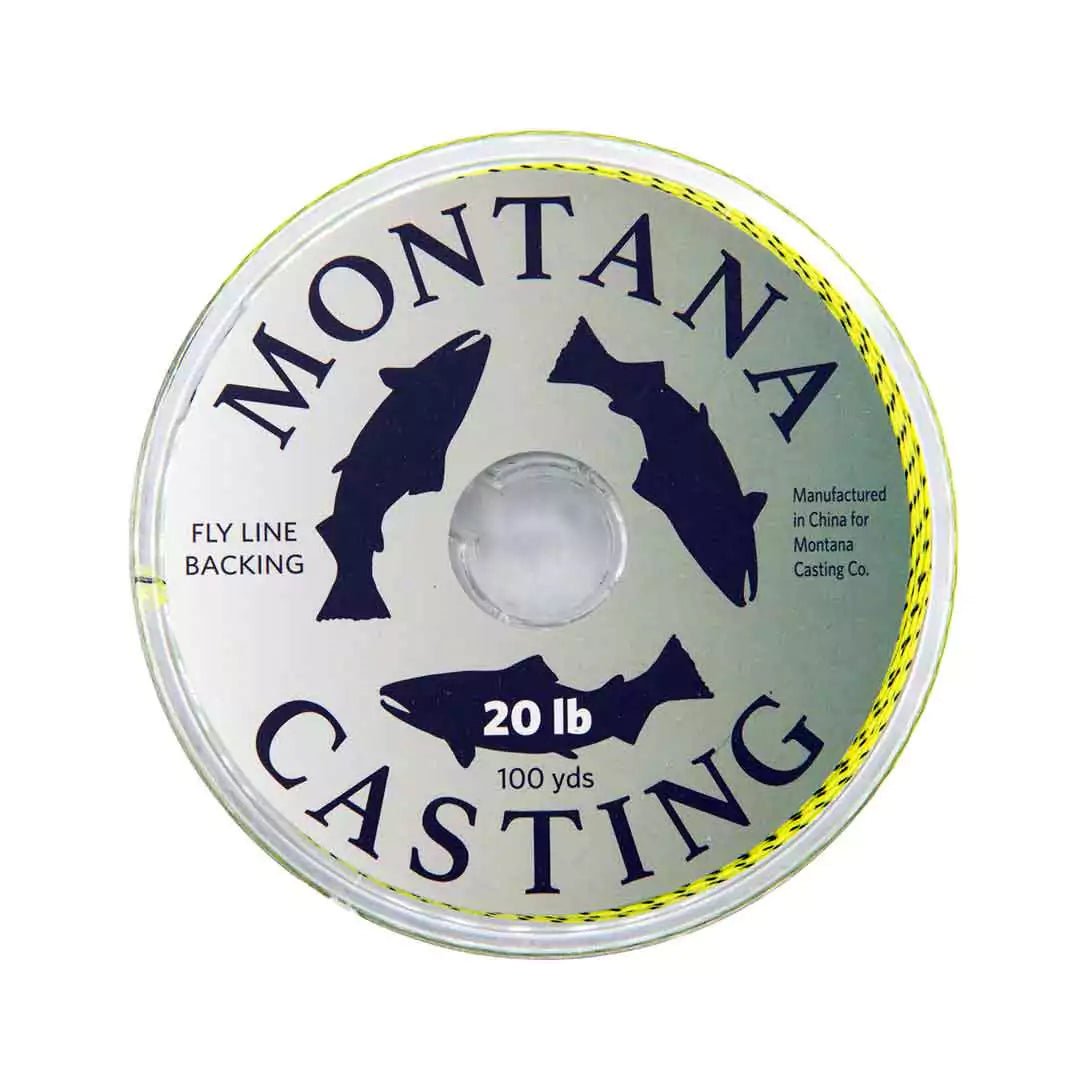
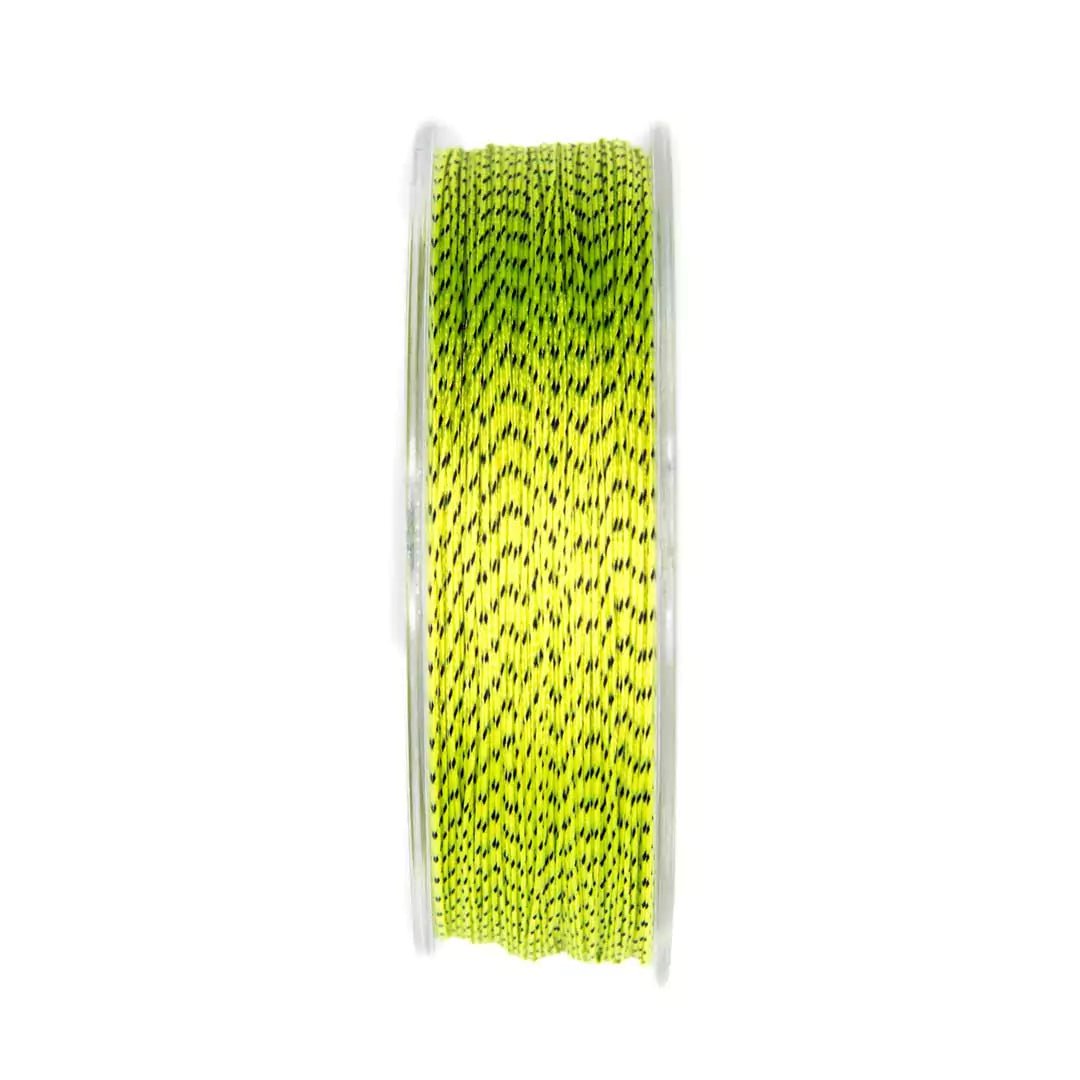
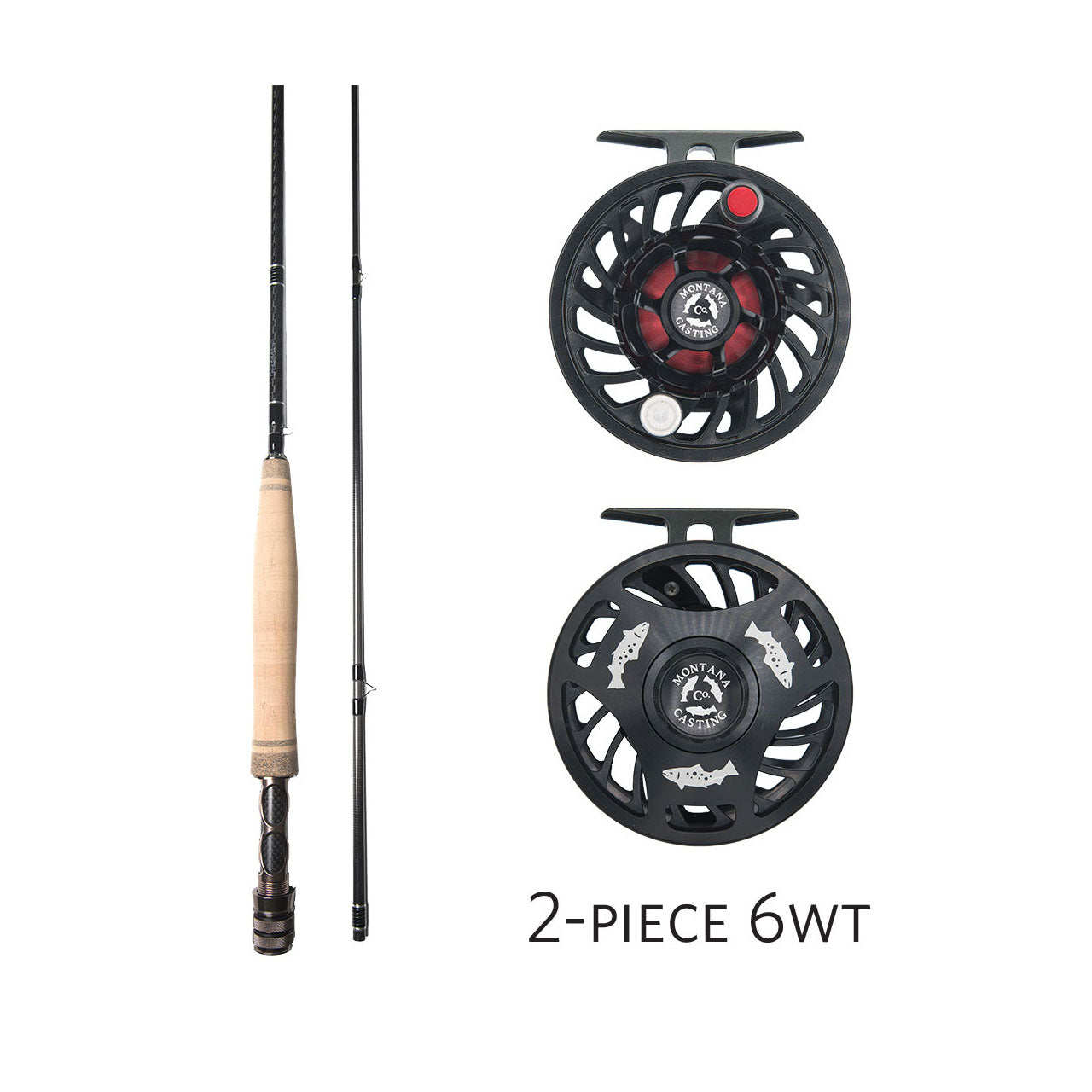
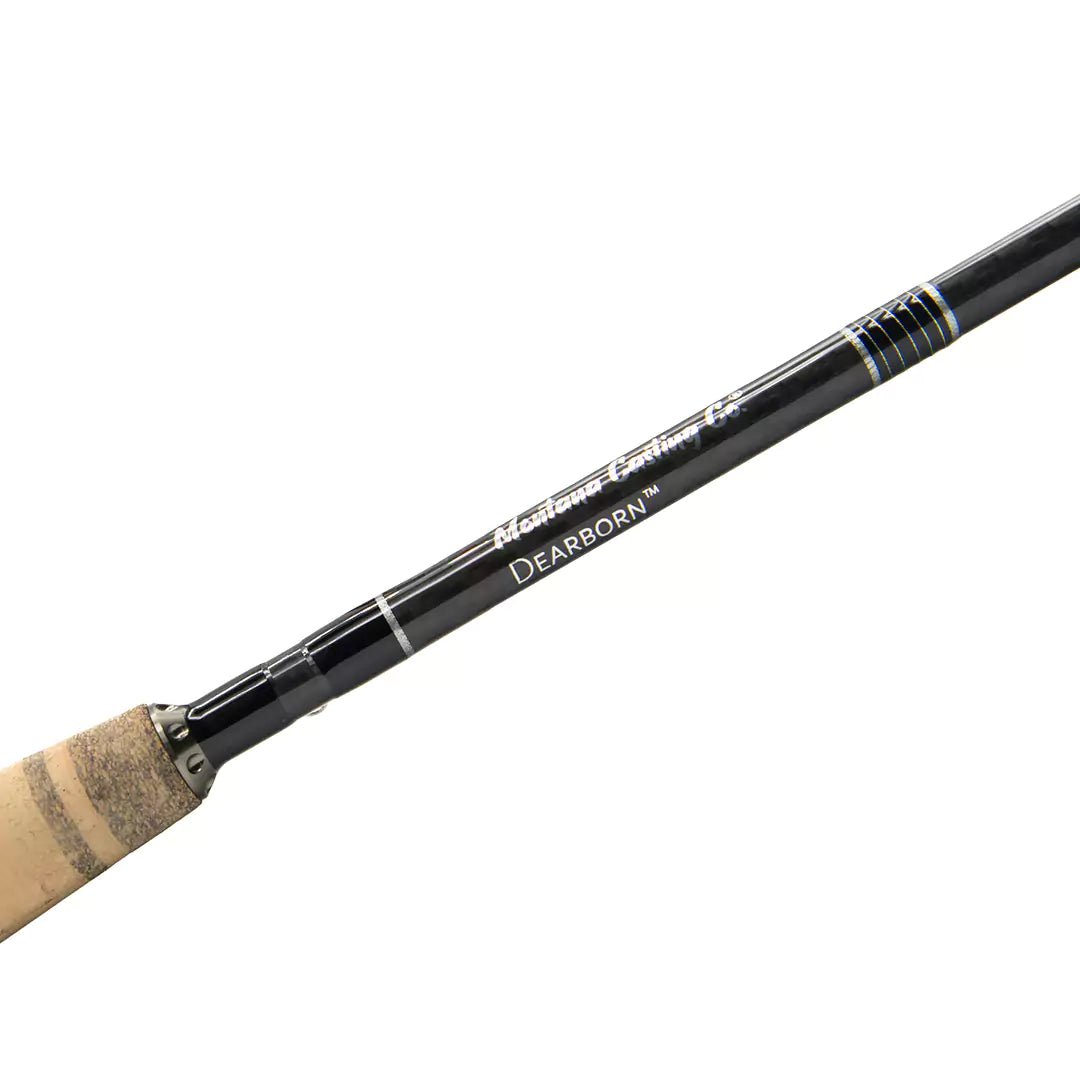




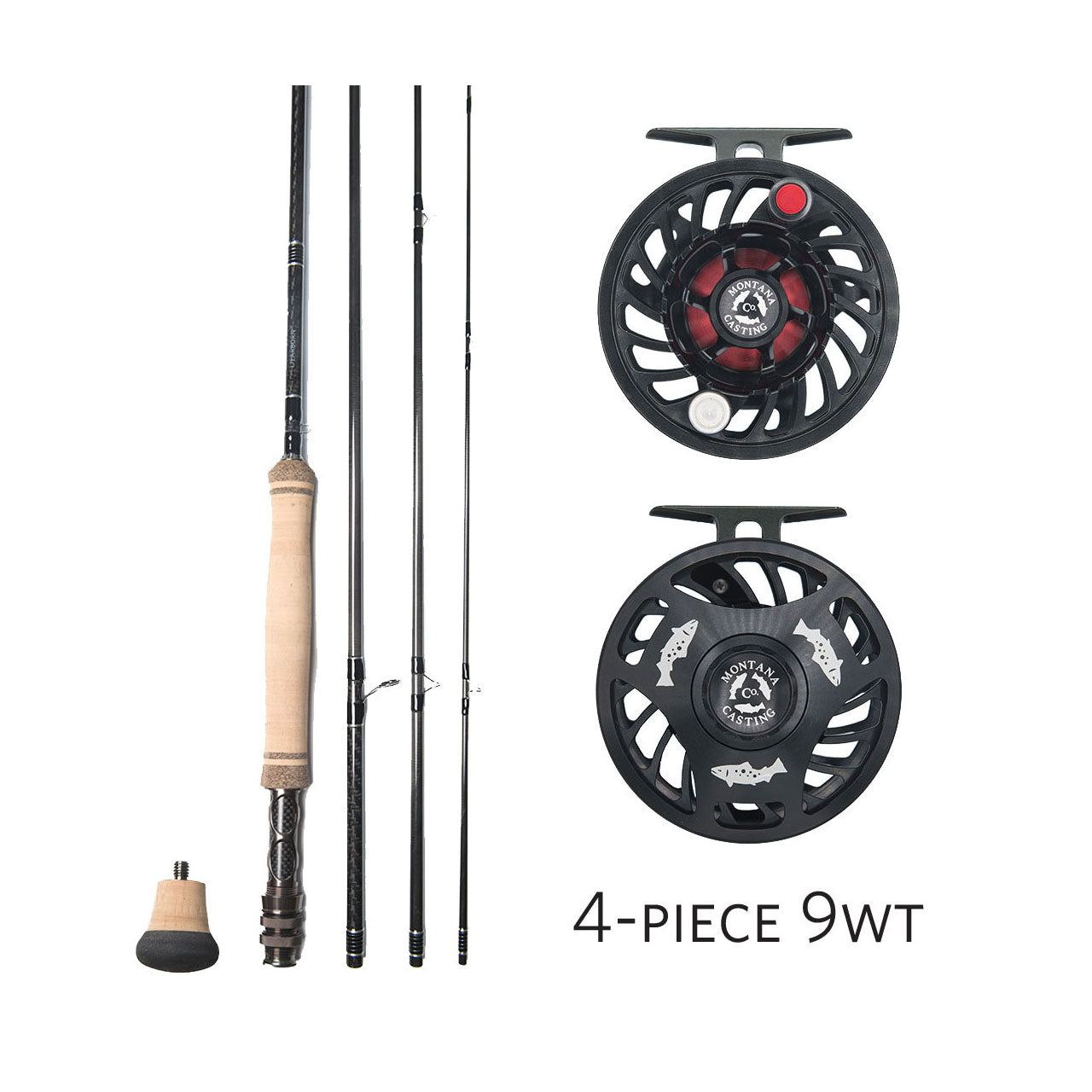
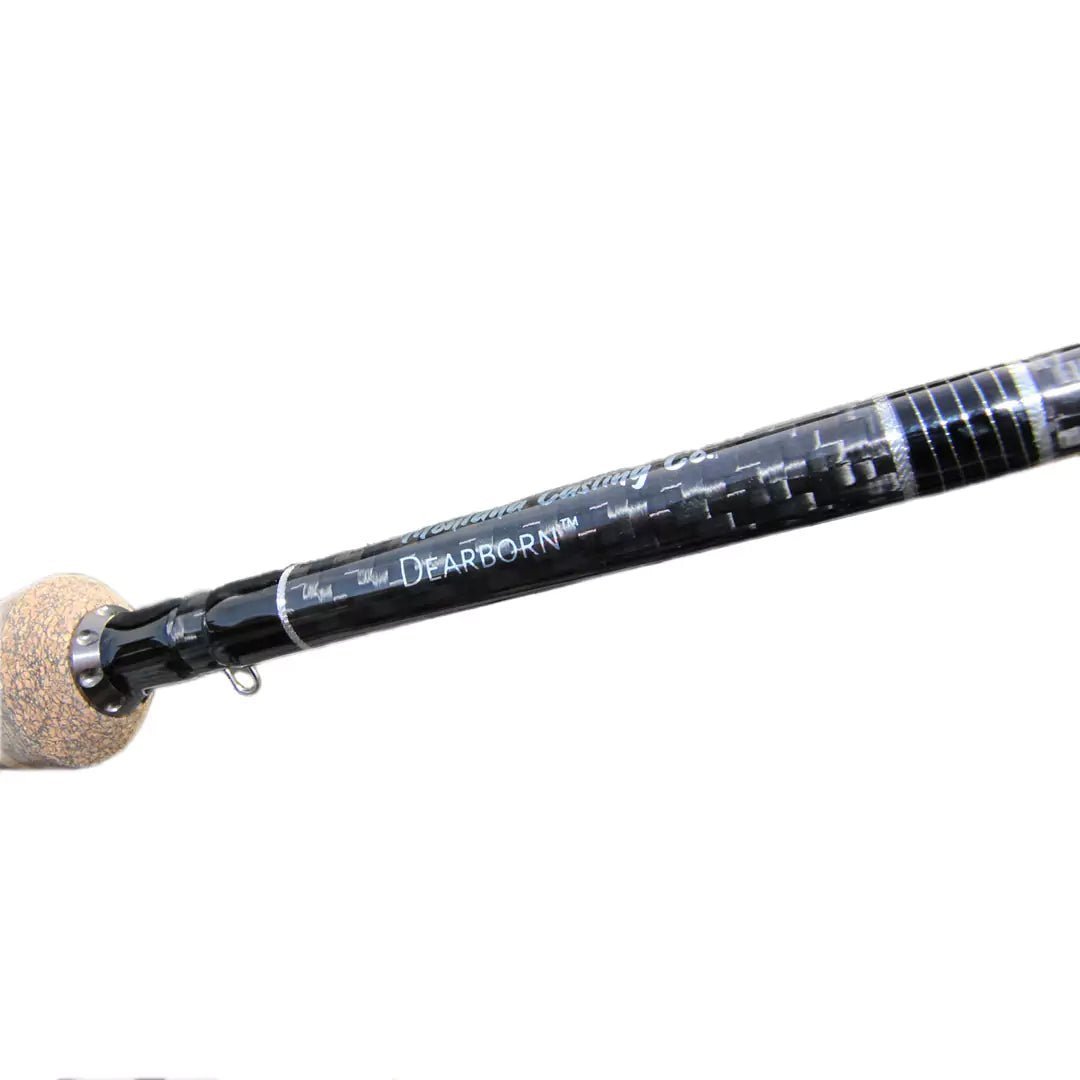

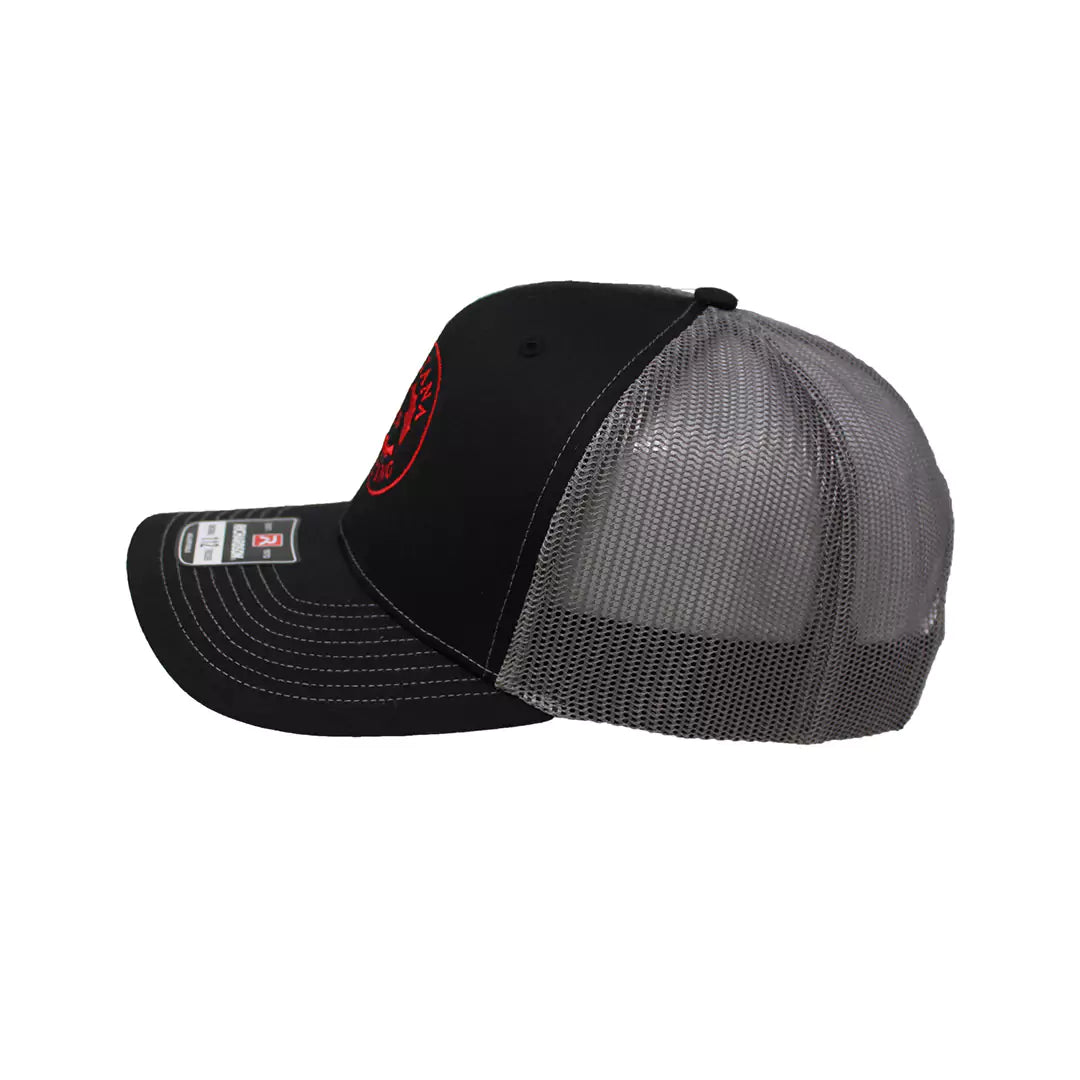

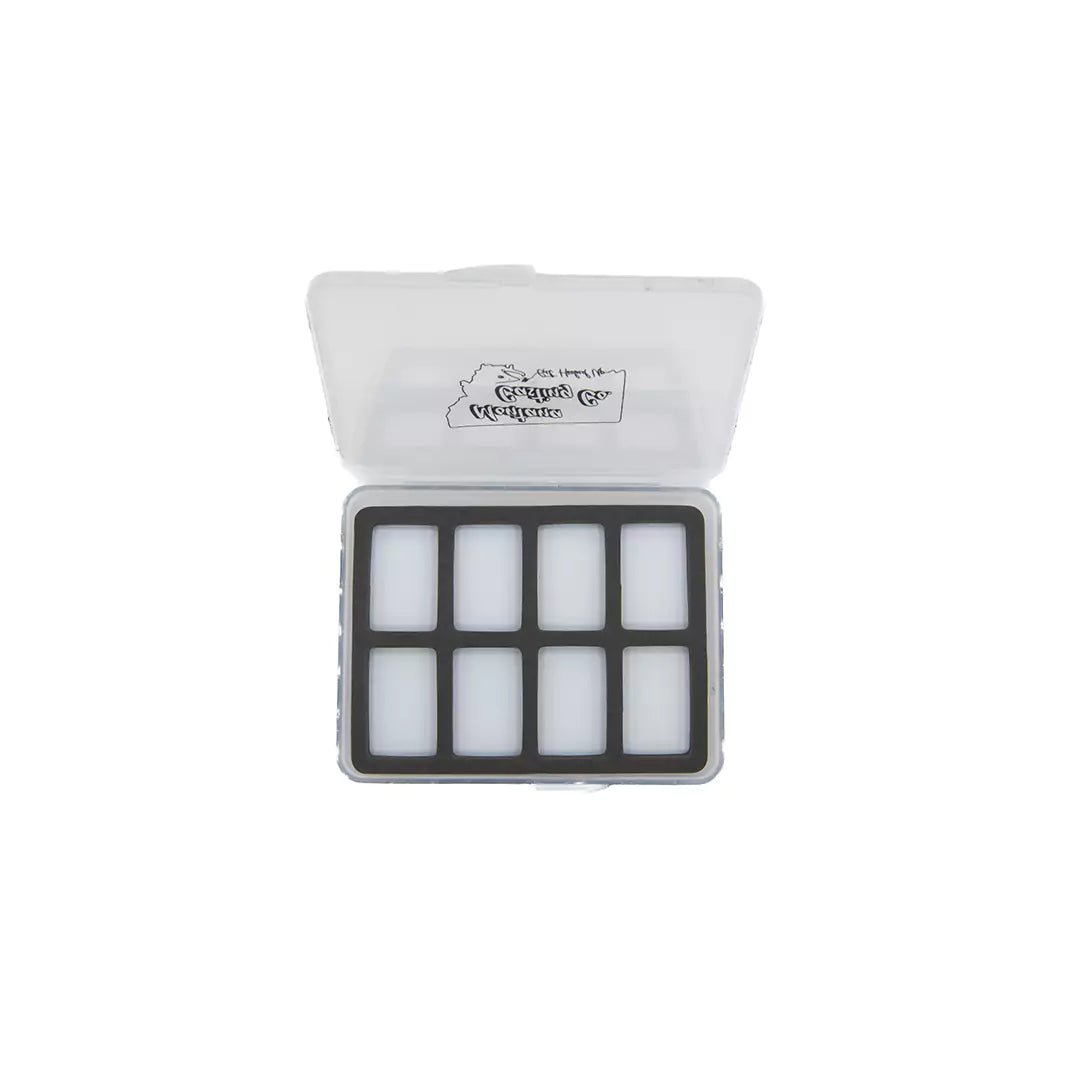


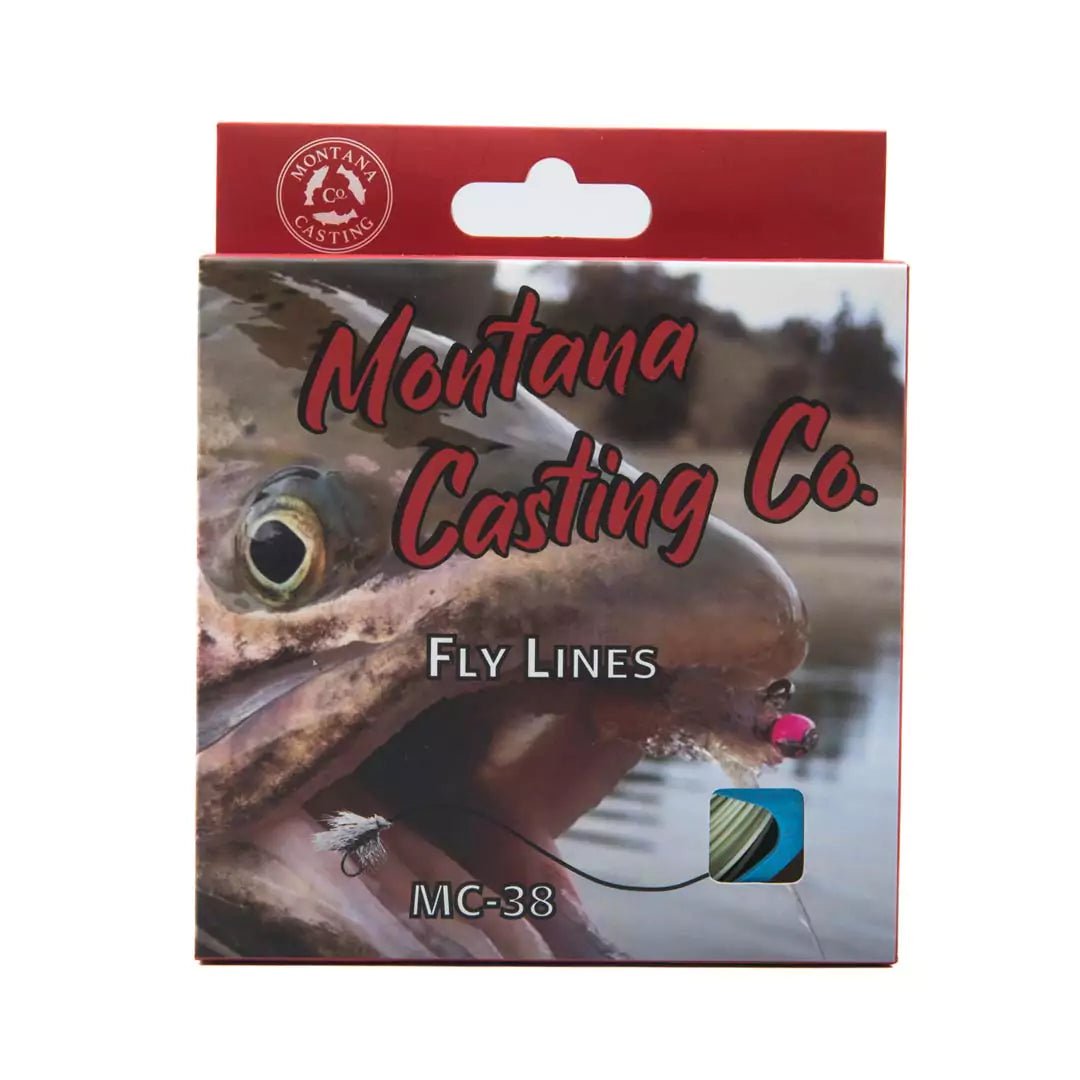



0 comments